Seville, the queen of the Guadalquivir
Visit Seville and discover the history of an age-old city on the banks of the River Guadalquivir. Legend has it that the mythical Greek hero Hercules arrived here by river, and is credited as the founder of this city, known as the Queen of the Guadalquivir. This metropolis has been inhabited throughout history by the Turdetani, Romans, Visigoths, Arabs and Castilians, giving it a vast wealth of heritage.
Seville also has the largest old town in Spain. The city is famous for the Giralda and its impressive Cathedral, the largest Gothic temple in the world. Both monuments, together with the Real Alcázar and the Archivo de Indias, have been declared UNESCO World Heritage Sites.
Wander through the narrow streets full of legends and history and explore nooks that originate from the Andalusí period. Fall in love with the charm of the Santa Cruz neighbourhood, the old medieval Jewish quarter, with its famous Torre del Oro tower, which still stands proudly on the banks of the Guadalquivir.
Stroll through the romantic María Luisa Park and be amazed by the grandeur of the Plaza de España. But most importantly, discover Seville’s interesting history. This city was the capital of Europe in the 16th century and from which ships set sail for the New World.
Seville also has many museums, churches and palaces that showcase the baroque style to perfection. Look out for works by Sevillian artists, Velázquez and Murillo, who are recognised worldwide. Do not miss the valuable religious sculptures, such as those by Martínez Montañés and Juan de Mesa. These images are taken in processions through the city every year during the famous Holy Week, an event declared of International Tourist Interest.
The best time to visit Seville is in spring when the streets are scented with orange blossom. You will have the chance to experience the confraternity tradition and the famous Feria de Abril. However, it is a beautiful city to visit at any time of year to enjoy the treasures of one of Spain’s most beautiful cities, bursting with history and culture.
Climate
The climate is warm and temperate. The annual average temperature is 18.6°C with a yearly rainfall of about 576 mm. The summer months are sweltering hot. It has even reached 50°C, a record high for Spain.
Getting to Seville
Seville is a well-connected city. San Pablo Airport welcomes visitors from all over the world. The city also spearheaded Spain’s first high-speed train, the AVE, which connects Seville with Madrid in just two and a half hours from Santa Justa Station. It also has an inland seaport where ships and cruises dock.
By road, Seville has a network of motorways that makes it accessible from all directions -the A-49 with Huelva and Portugal, the A-92 with Málaga and Granada, the A-4 with Córdoba and Madrid and the A-66 with Extremadura and northern Spain.
The Ronda Súper Norte and the SE-30 and SE-40 ring roads facilitate transit through the city and the metropolitan area.
The city has two bus stations that connect Seville with other towns in the province as well as other Spanish and Portuguese cities. These are Plaza de Armas and Prado de San Sebastián bus stations.
Getting around
If you want to explore the city by bus, take the urban lines run by the public company TUSSAM. To get to the centre, you can take the tram from San Bernardo Train Station to Plaza Nueva, opposite the Town Hall.
Alternatively, you can take line 1 of the Metro or use one of the various taxi companies to get around the city. There is also the option of renting bikes from the municipal company Sevici, which has docking stations throughout the city. However, you must order the card from their website to be able to use the bikes.
Take your pick and start exploring the city.
Reasons to visit
- Visit the Cathedral, the Giralda, the Real Alcázar and the Archivo de Indias, all of which have been declared UNESCO World Heritage Sites.
- Visit Seville’s majestic Plaza de España and wander around the romantic María Luisa Park, the city’s main green space. These iconic attractions featured in the Ibero-American Exhibition of 1929.
- Take a stroll through the old Jewish quarter, now Santa Cruz neighbourhood, where you will come across picture-perfect spots, churches, squares and the Murillo Gardens.
- Wander around the Triana neighbourhood and discover its monuments, customs and idiosyncrasies. This unique district is bursting with art and history.
- Watch the sunset as you take a boat trip along the Guadalquivir or go to a bar along the popular Calle Betis.
- Are you interested in the baroque style? You have come to the right place as the baroque style is an integral part of Seville’s cultural legacy. Master painters, including Velázquez and Murillo, were born in this city, home to many of their works. The Museum of Fine Arts is considered the second largest art gallery in Spain.
- Enjoy the Feria de Abril, the fair to top all fairs. This festival, which is considered the most colourful and famous in the world, is packed with tradition, customs and joy.
- Experience Holy Week in Seville, an event declared of International Tourist Interest. A total of 54 confraternities take part in the processions through the city during this week. It is a real celebration of music, art and passion.
- If you are a flamenco enthusiast, appreciate this art at the flamenco shows, which are held around Seville every night of the week. Do not miss the Flamenco Biennial, which has been held every September for 40 years.
- If you are a film buff, check out Seville’s European Film Festival held in autumn.
- Are you interested in finding out about the history of bullfighting? Head to the Plaza de Toros de la Real Maestranza, the third most visited monument in Seville.
- Relax at the Metropol Parasol, the city’s most modern monument, popularly known as the ‘Setas de Sevilla’. Located in the heart of the old town, it is the perfect place to find some shade and take a break.
What to see
Seville is a city with plenty to see and explore. This is just a summary of some of the main attractions we recommend visiting if you come to the Andalusian capital.
Start your visit at the Plaza Nueva in the old town, where you will find the Town Hall, a remarkable Renaissance building worth visiting. Head to Avenida de la Constitución, which is pedestrianised and has a tram service. This will take you to Seville Cathedral, Santa María de la Sede. This Catholic cathedral is the largest in the world and is where the remains of Christopher Columbus rest. Built in the 15th century over a former mosque, it still preserves the Patio de los Naranjos and the Giralda, which is a well-known symbol of the city.
Now head to the Patio de Banderas, located right next to the Cathedral, to see the Real Alcázar. This monument is the second most significant Arab palace in Andalusia after the Alhambra in Granada, which is also from the same period. The palace has always been a place of residence for kings and dignitaries, and in recent years has been used as a stage set for films and television series such as Game of Thrones, Lawrence of Arabia, Kingdom of Heaven, and 1492: Conquest of Paradise.
Look out also for the Archivo de Indias in this square, which used to be a merchants’ exchange for traders who travelled to America. It currently houses the largest documentary repository on the history of the Spanish Empire in the New World and the Philippines.
Continue through the medieval Jewish quarter, now the Santa Cruz neighbourhood. Wander through the narrow streets and discover places such as the Callejón del Agua, churches and picturesque squares, until you reach the beautiful Murillo Gardens.
Nearby is the 18th-century Old Royal Tobacco Factory, which was the first tobacco factory in Europe. It is now the head office for the University of Seville. Ask about the legend of the Angel of Fame, whose sculpture presides over the main entrance to the building.
A few minutes from here is the majestic Plaza de España and the charming María Luisa Park. This square was built by the famous architect Aníbal González for the 1929 Ibero-American Exhibition. It symbolises how Spain embraces the former American colonies. Check out the Archaeological Museum and the Museum of Arts and Customs, both located in old pavilions in the park, which were built for the exhibition.
Take a stroll through Seville’s most-loved park, and then continue along the banks of the river. You will come across another of the city’s landmark monuments, the Torre del Oro. This tower, which remains a vestige of Seville’s old defensive wall, today houses the Maritime Museum. Just a stone’s throw from here is the Plaza de Toros de la Real Maestranza, which is the third most visited monument in Seville, after the Cathedral and the Alcázar.
And do not forget to check out Seville’s latest architectural gems, Barqueta Bridge, Alamillo Bridge, Sevilla Tower and the Olympic Stadium, all located on the banks of the Guadalquivir. Nearby is La Isla de la Cartuja, which is where the Expo ’92 took place. See how technology and tradition come together here by visiting PCT Cartuja Technological and Scientific Park and La Cartuja Monastery.
This is just the beginning. Come and explore Seville and discover the city’s heritage in all its beauty. There are many impressive churches, museums, convents, palaces and old hospitals. And do not miss the unique Triana neighbourhood. Nevertheless, remember, these are just some of the highlights. Come and explore Seville for yourself and find out what else it has in store.
Places to visit
- Cathedral and Giralda
- Real Alcázar of Seville
- Archivo de Indias
- Plaza de España and María Luisa Park
- Archaeological Museum
- Museum of Arts and Customs
- Plaza de Toros de la Real Maestranza
- Santa Cruz neighbourhood
- Triana Neighbourhood
- Museum of Fine Arts
- Torre del Oro
- Old Royal Tobacco Factory
- Metropol Parasol
- Seville Town Hall
- Seville Monastery
- PCT Cartuja Technological and Scientific Park
Surroundings
Seville is the capital of Andalusia and is located in Bajo Guadalquivir. This river is navigable from its mouth in Sanlúcar de Barrameda (Cádiz) to Seville. It then forms the port of Seville, the only inland seaport in Spain, located about 70 kilometres from the Atlantic Ocean.


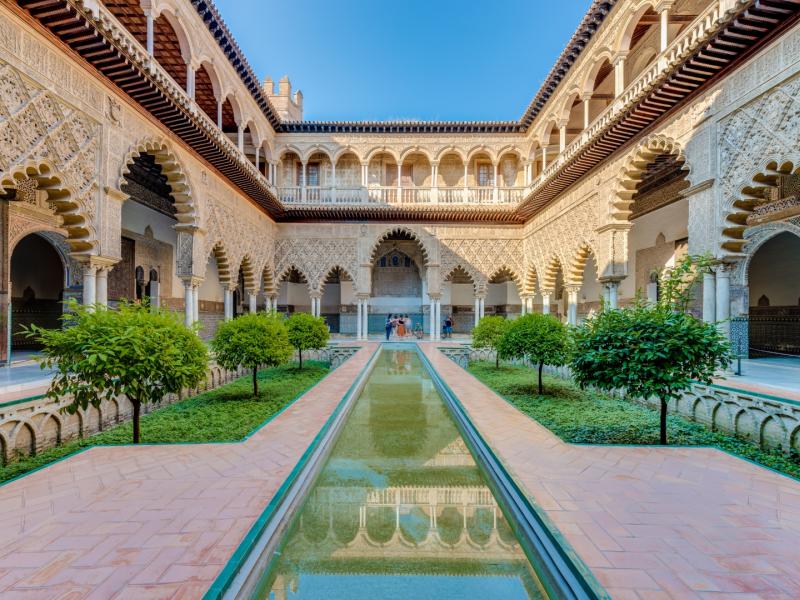
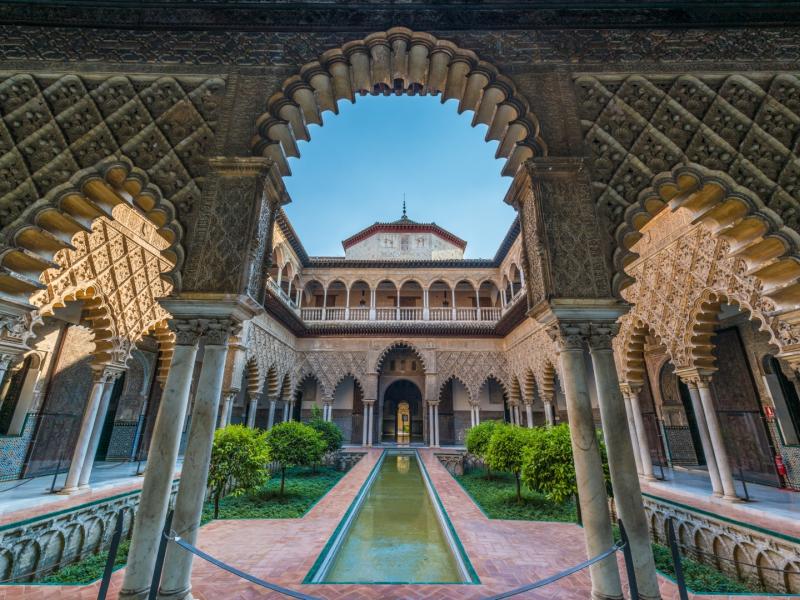
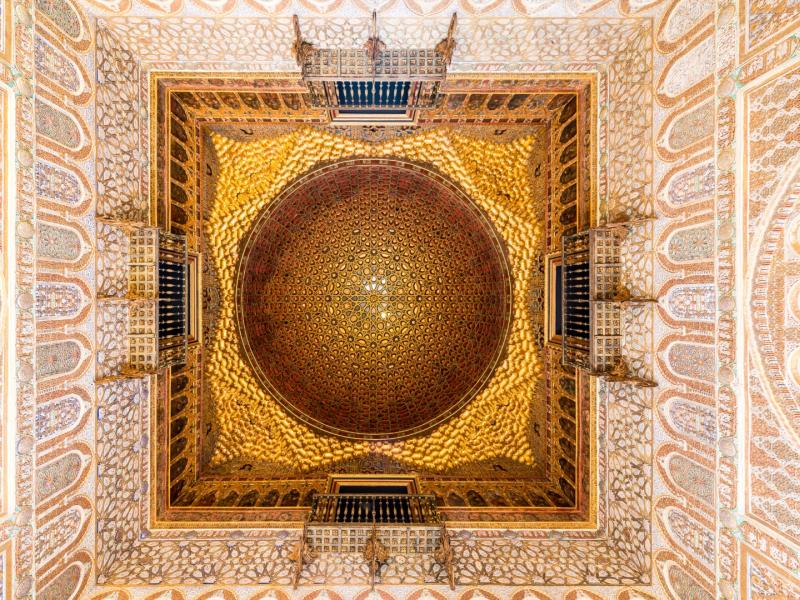
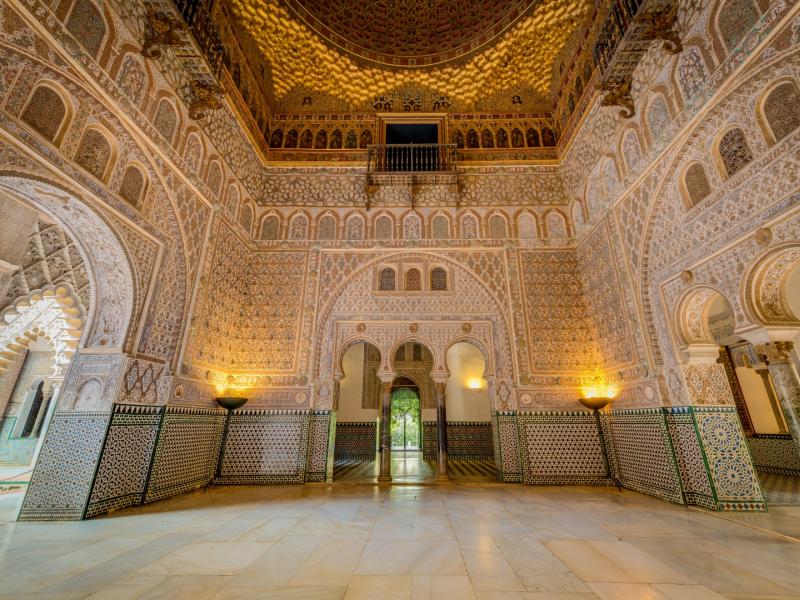
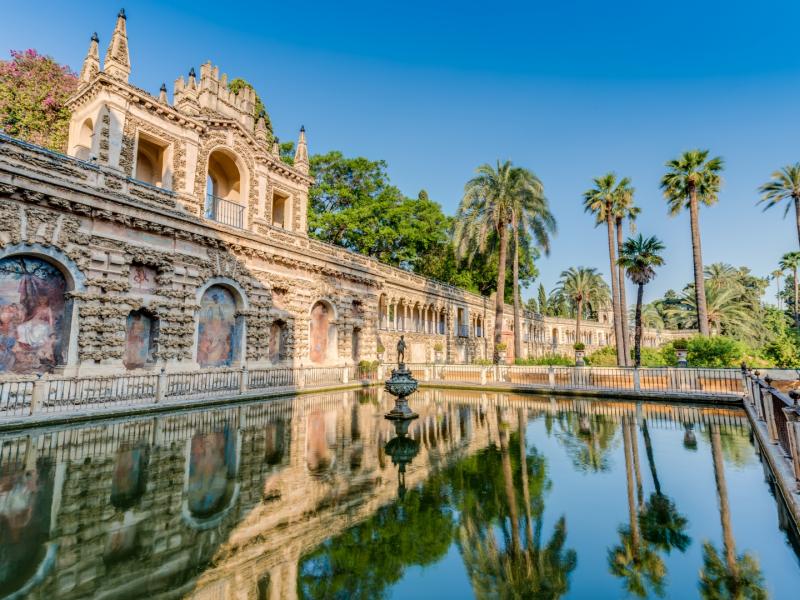
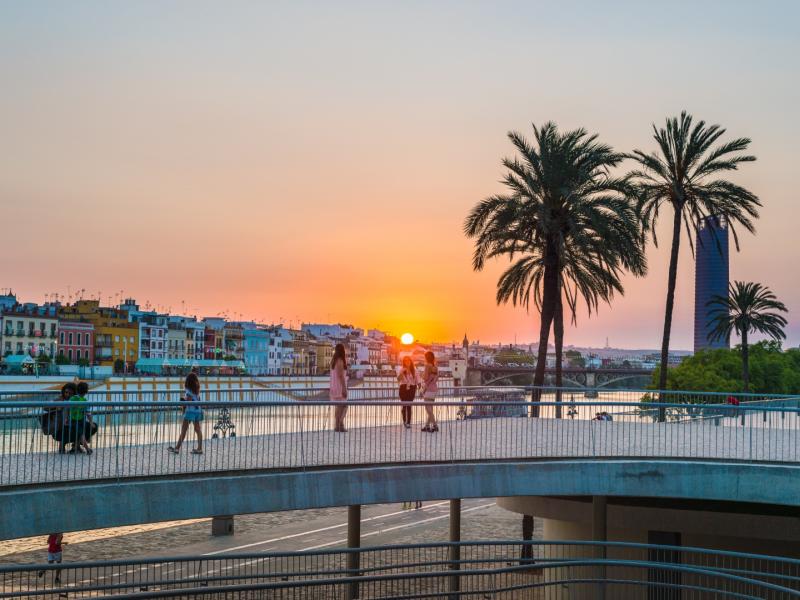
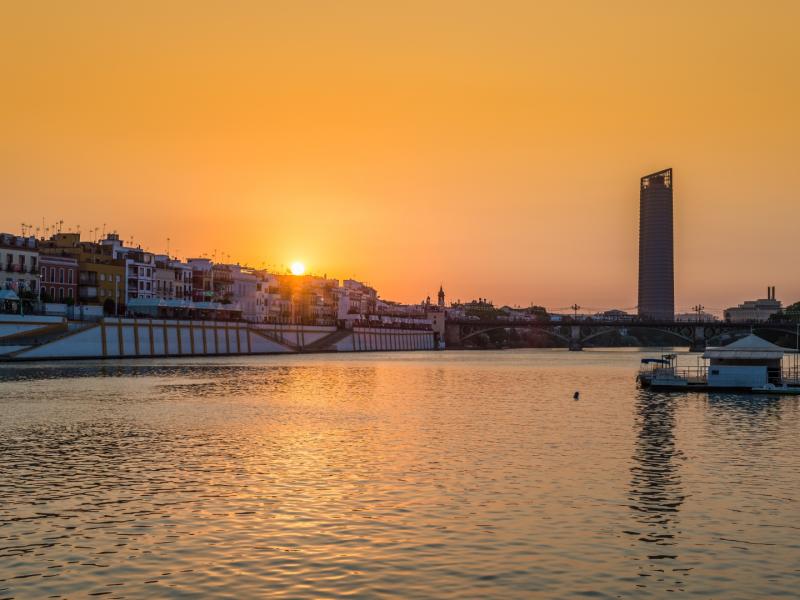
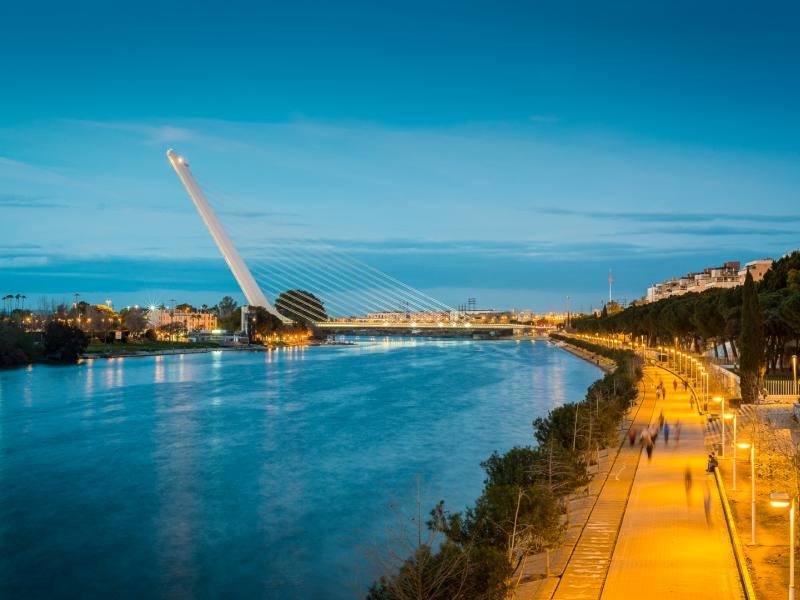
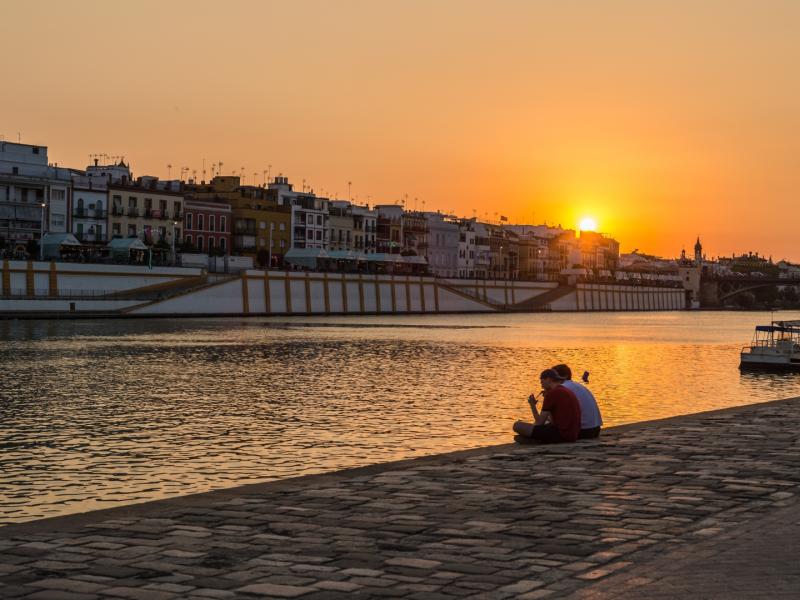
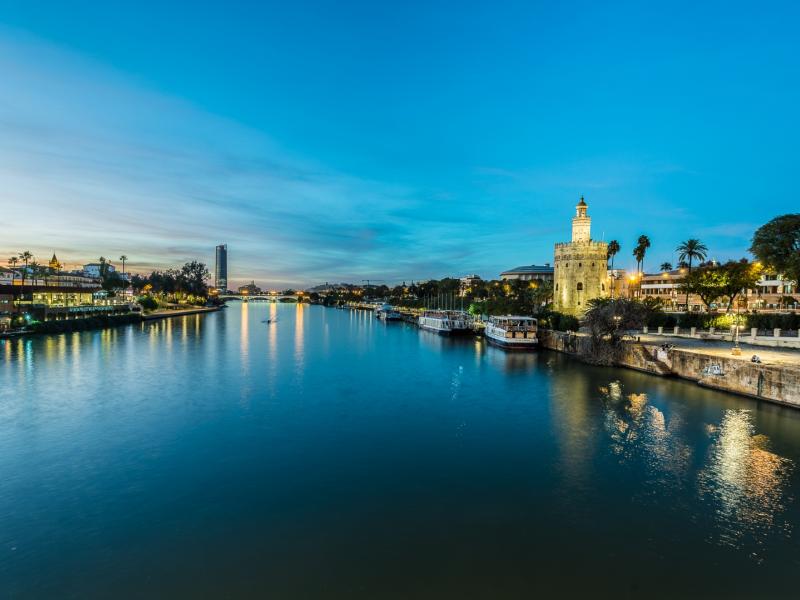
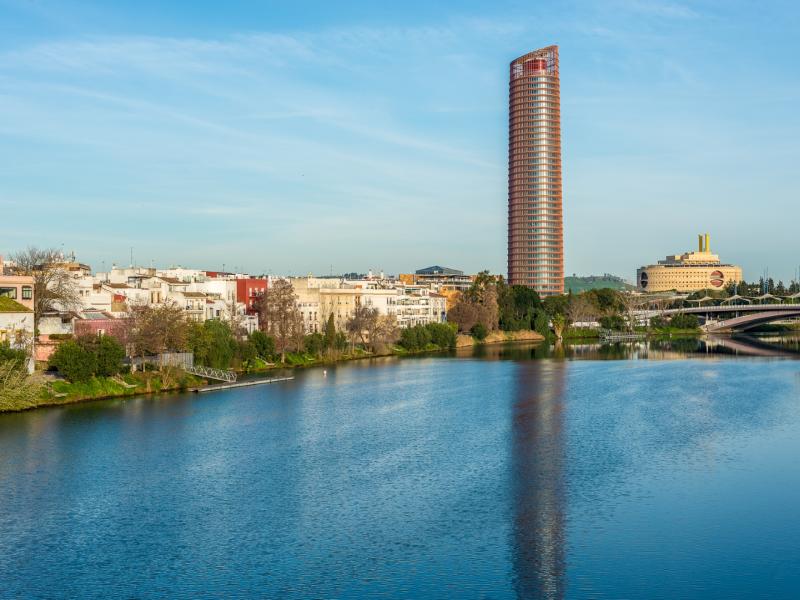
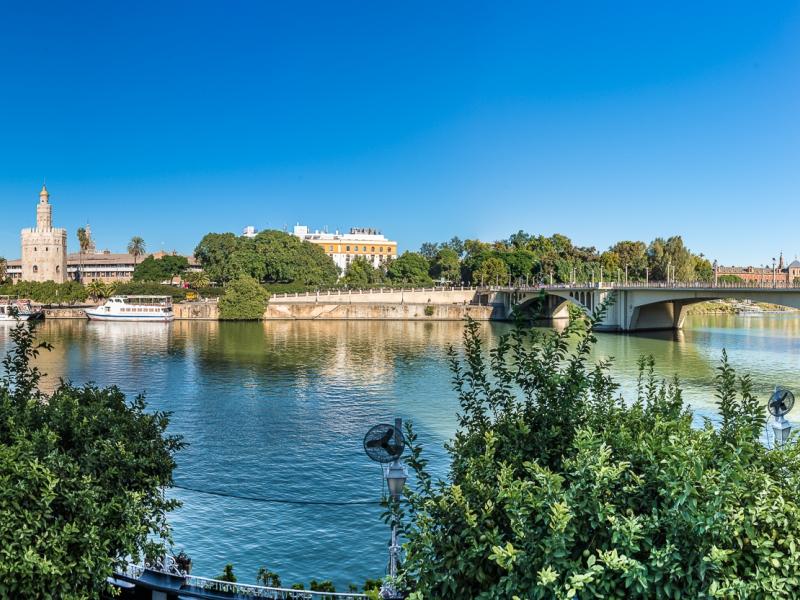
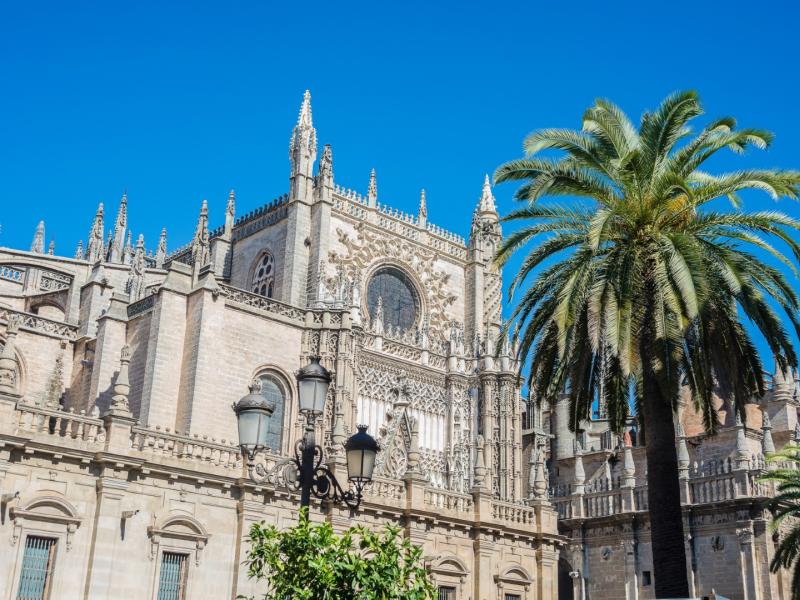
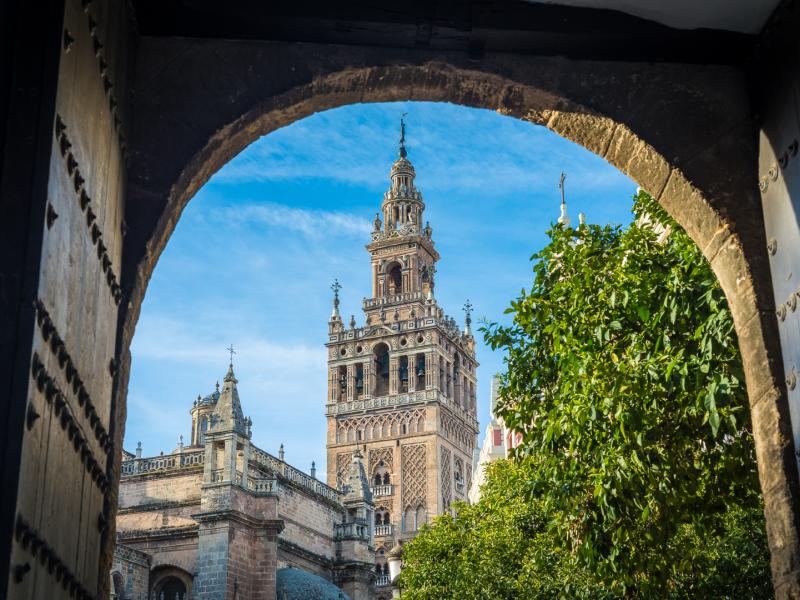
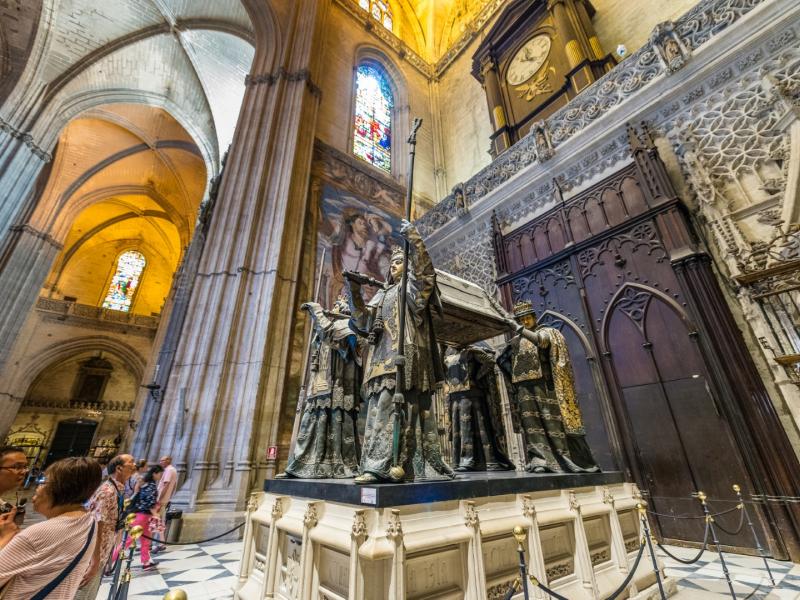
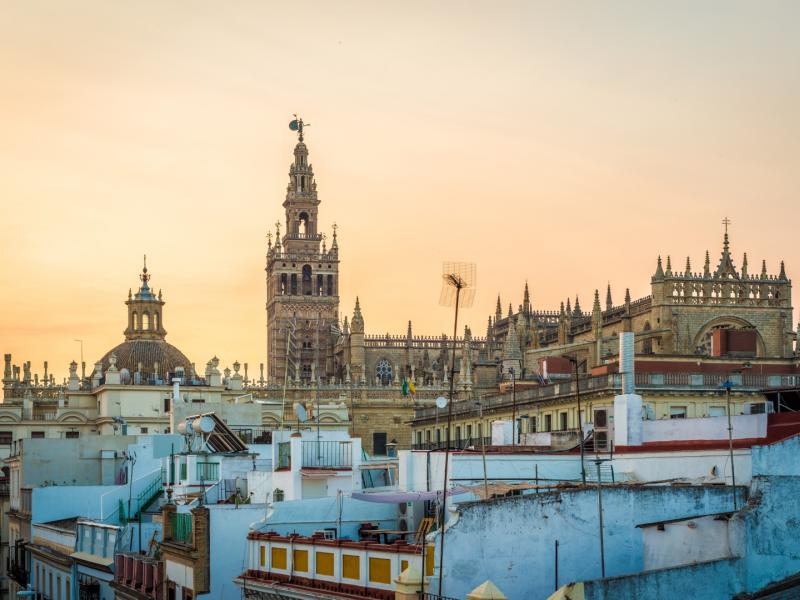
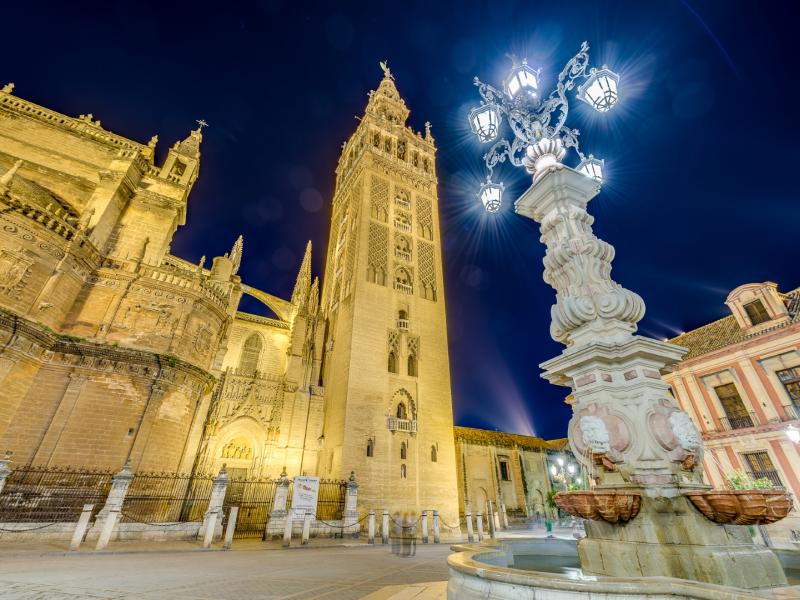
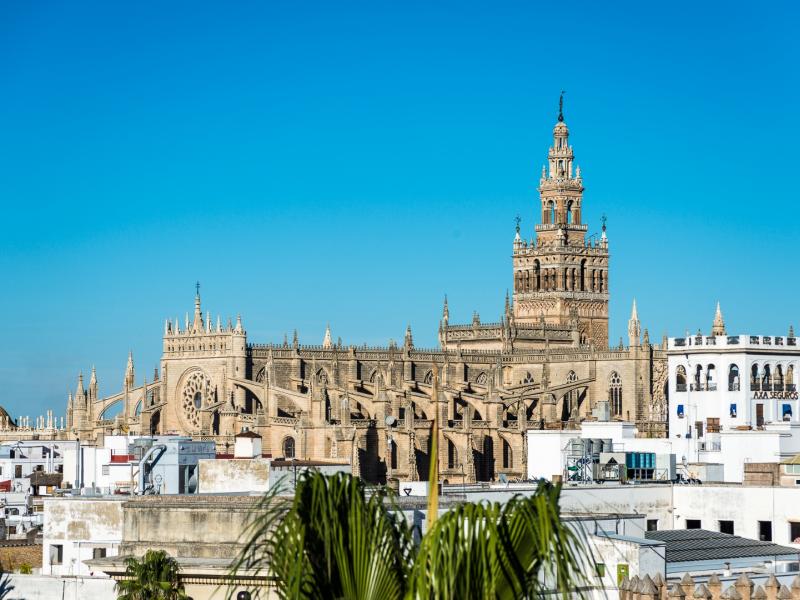
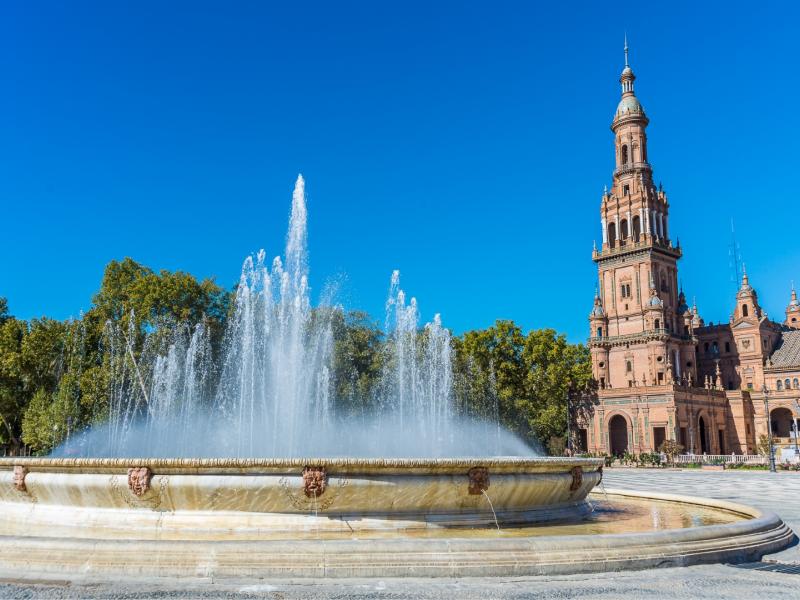
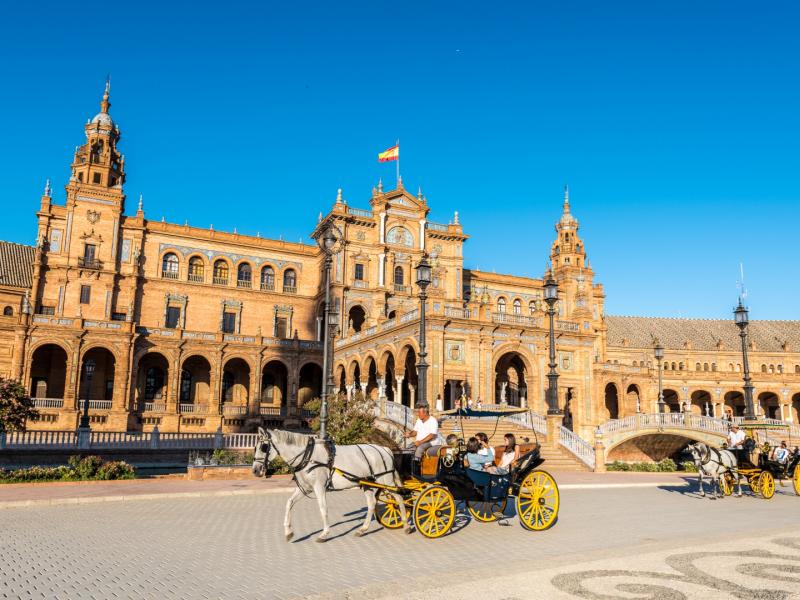
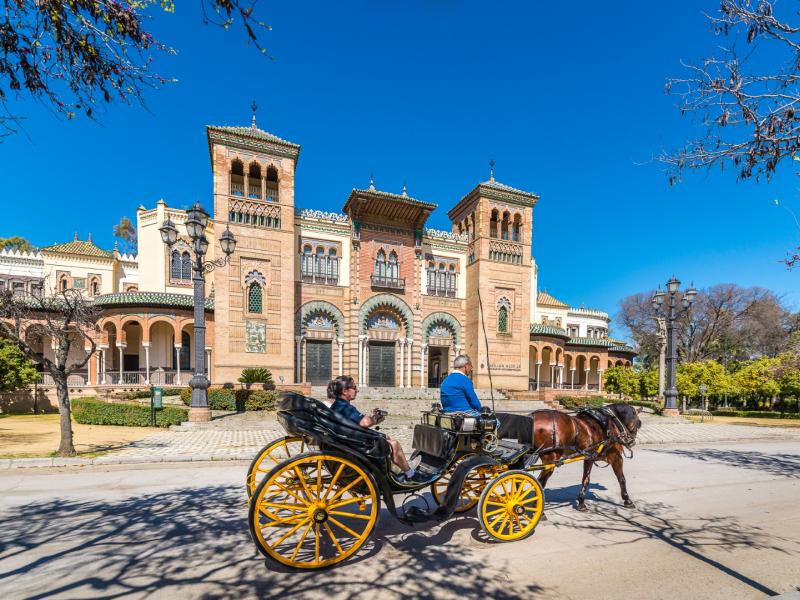
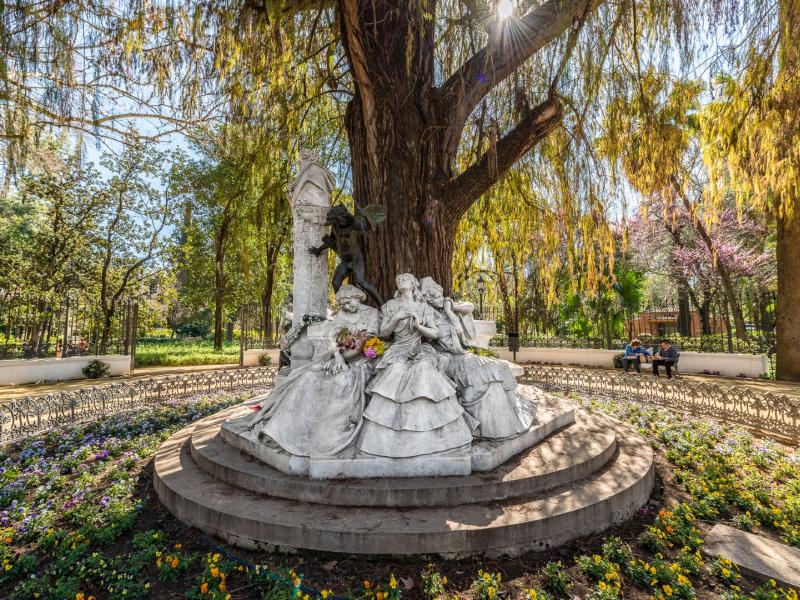
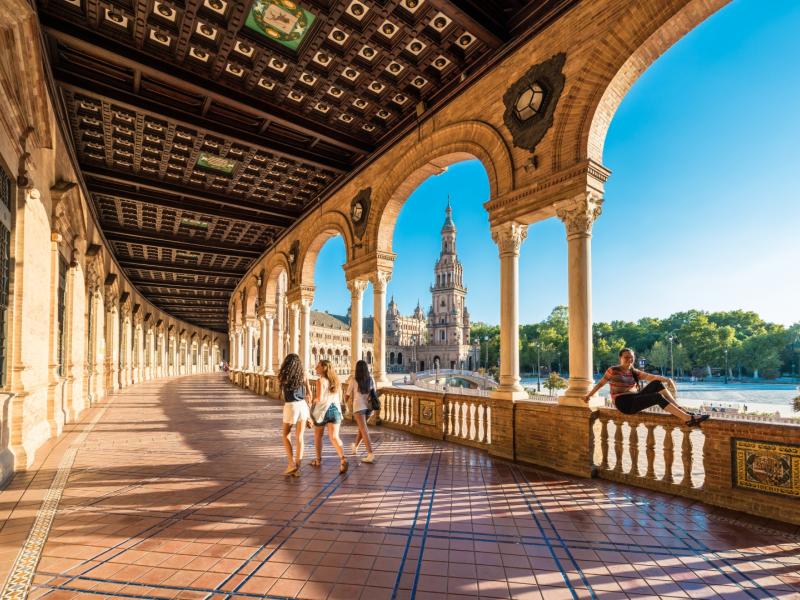
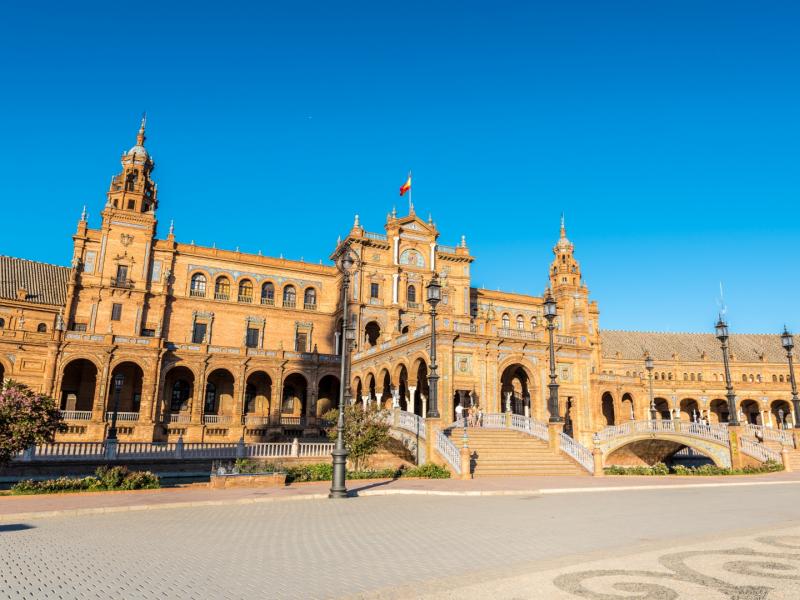
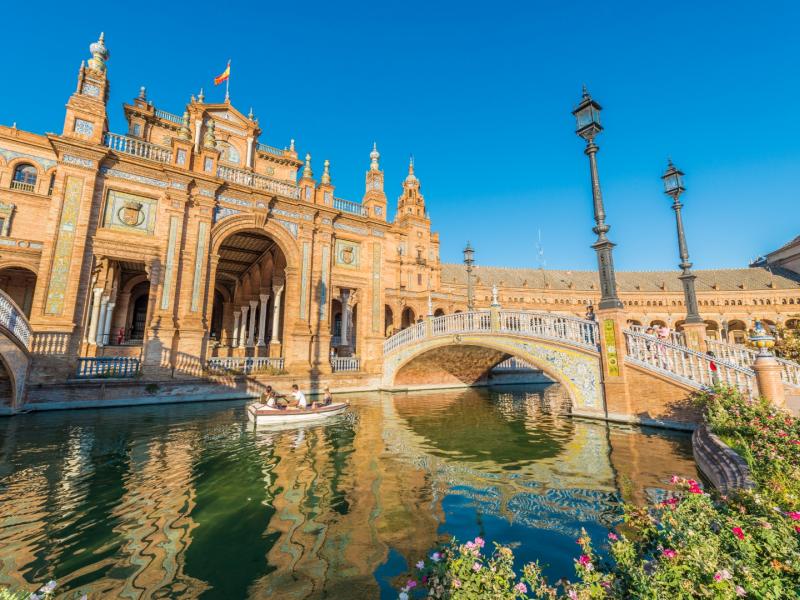
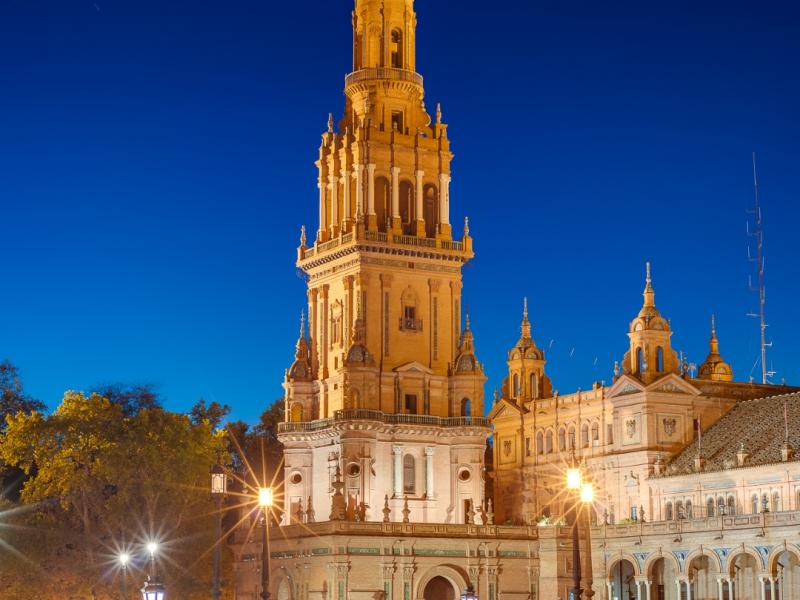
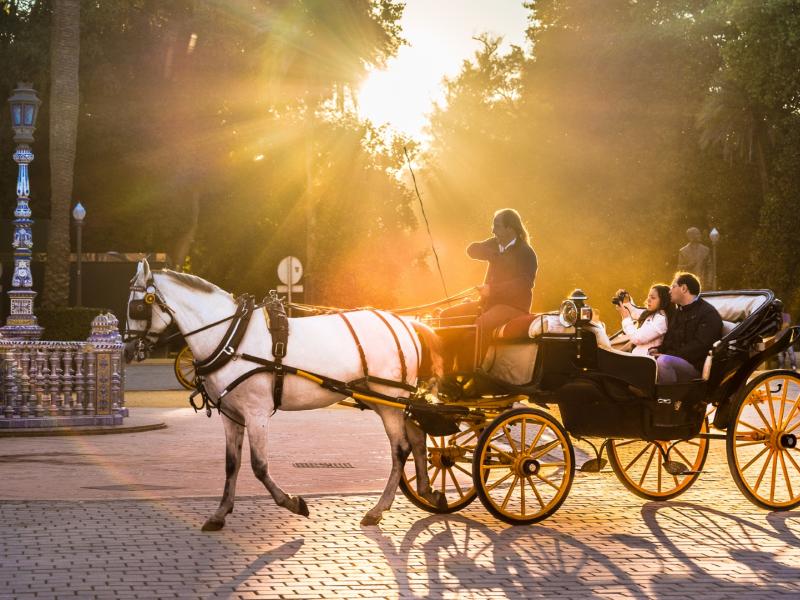
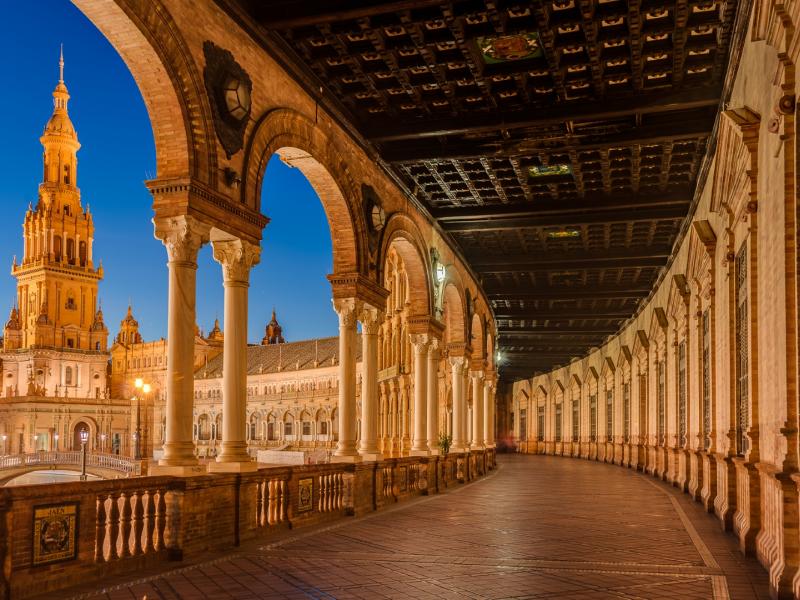
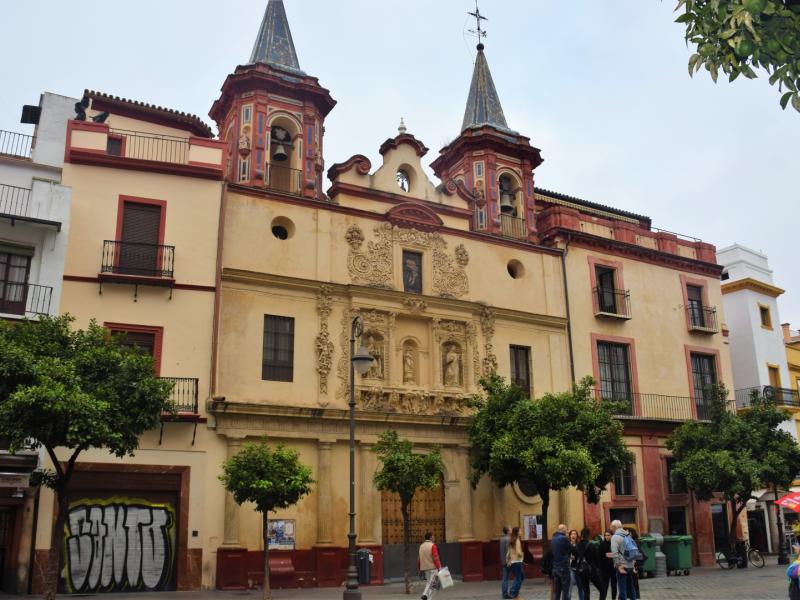
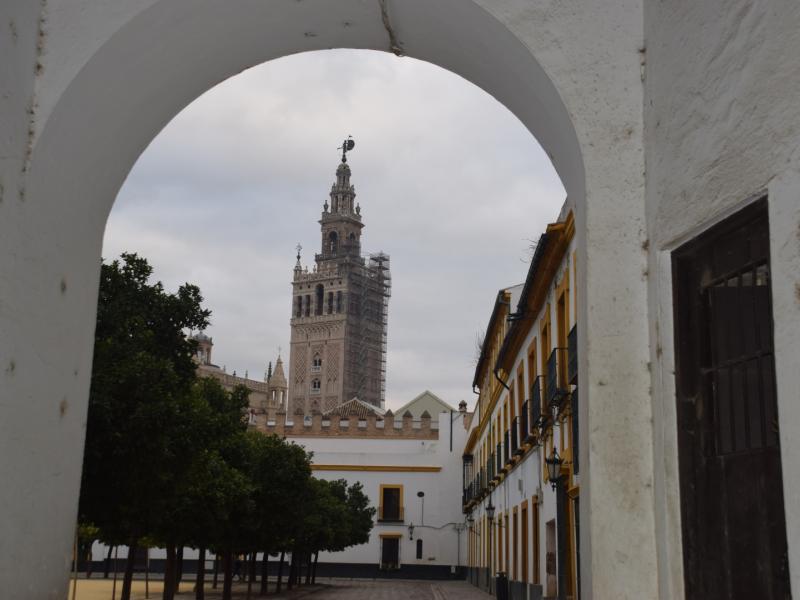
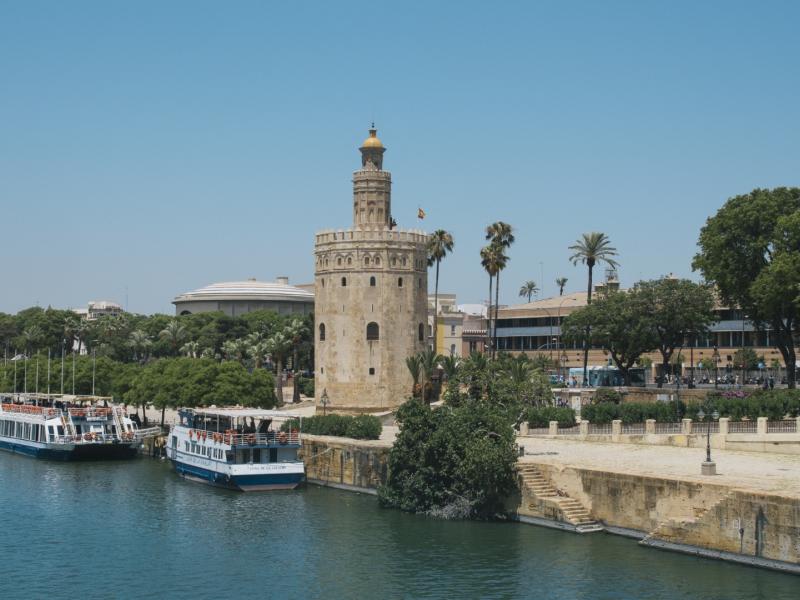
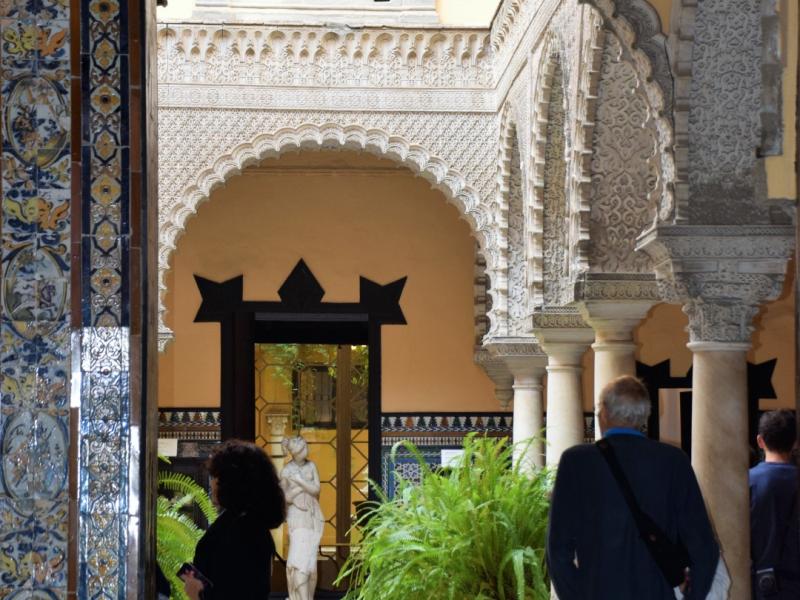
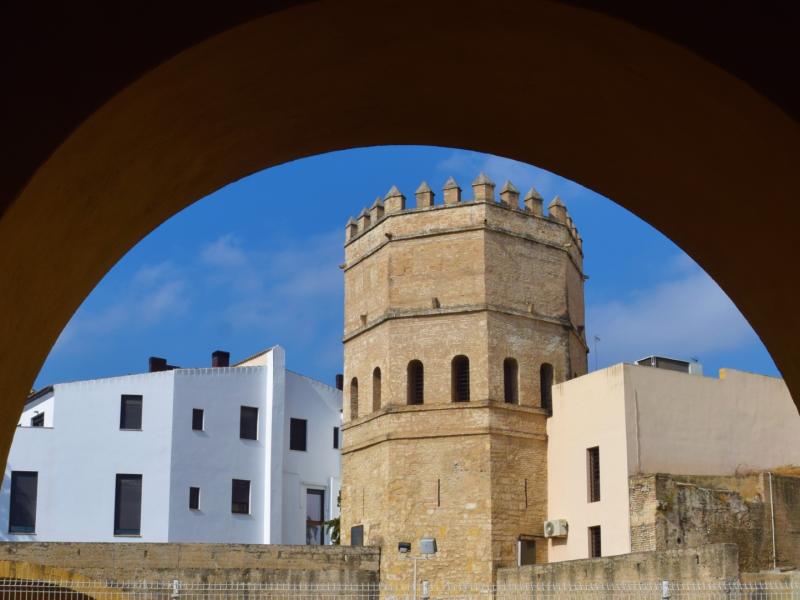
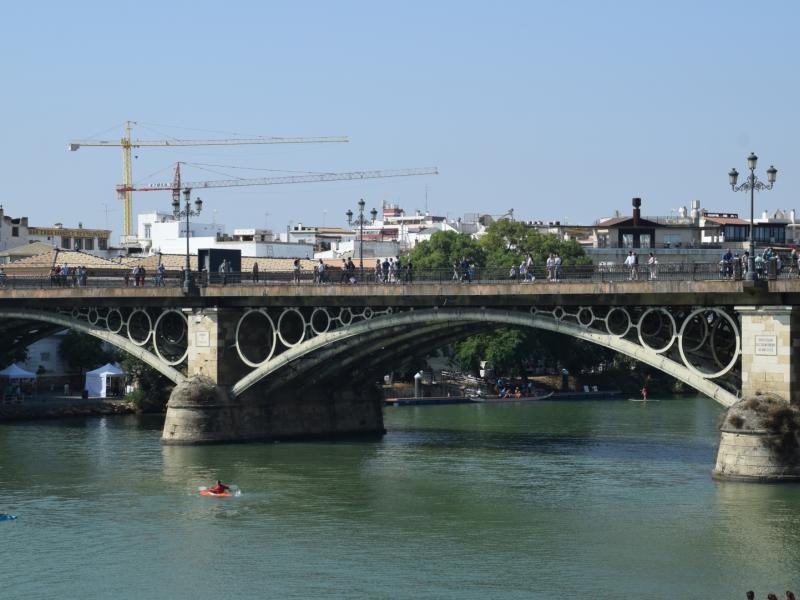
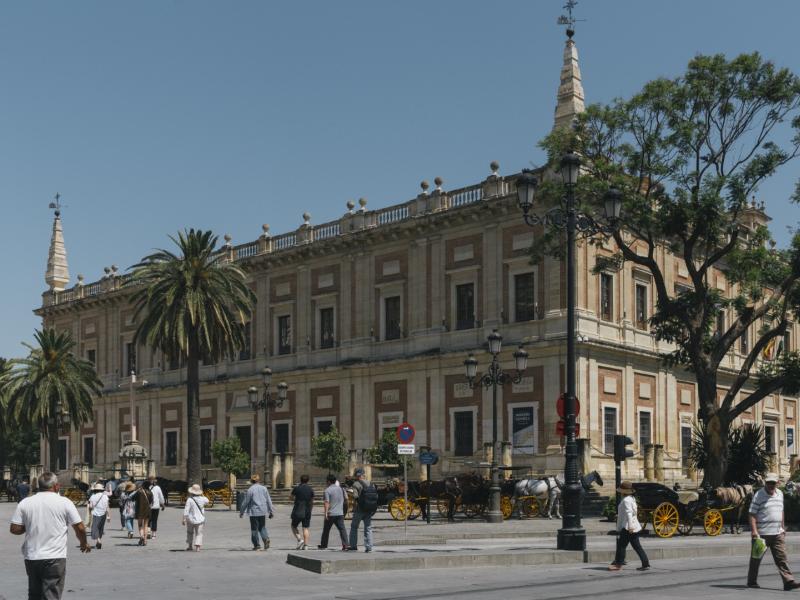
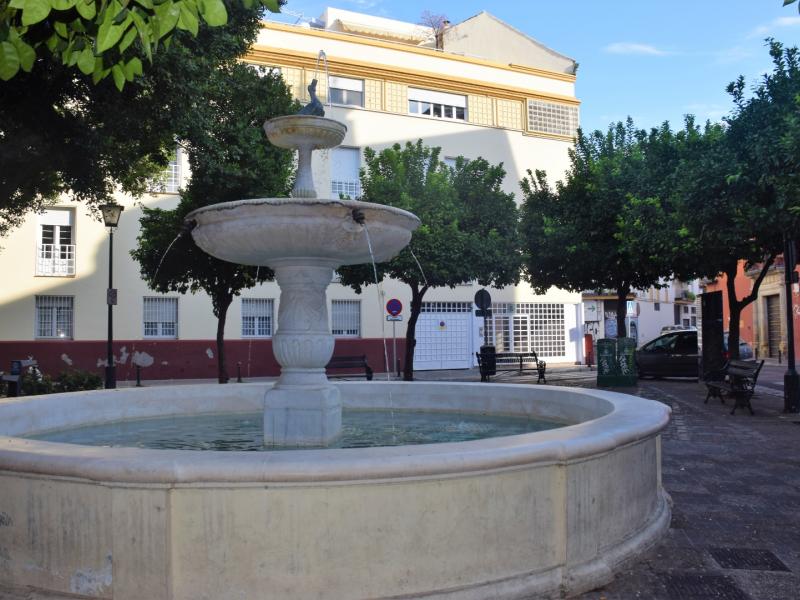
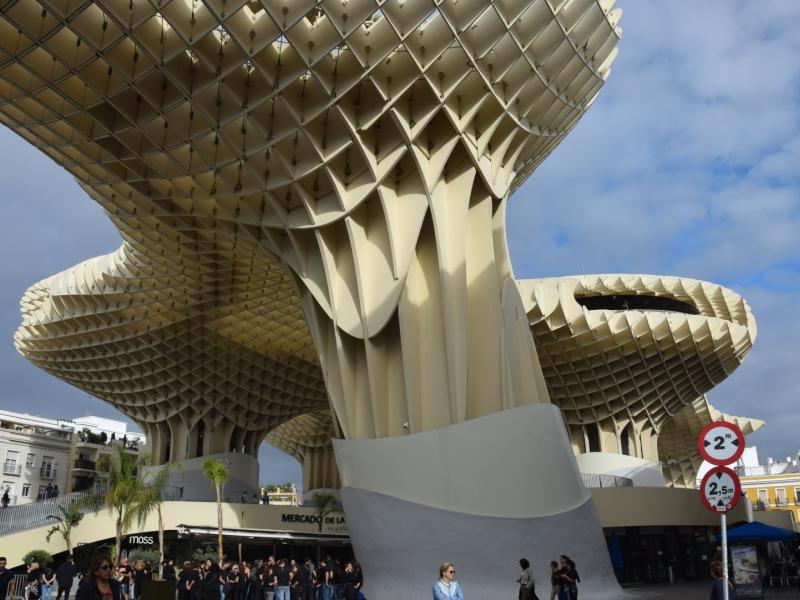
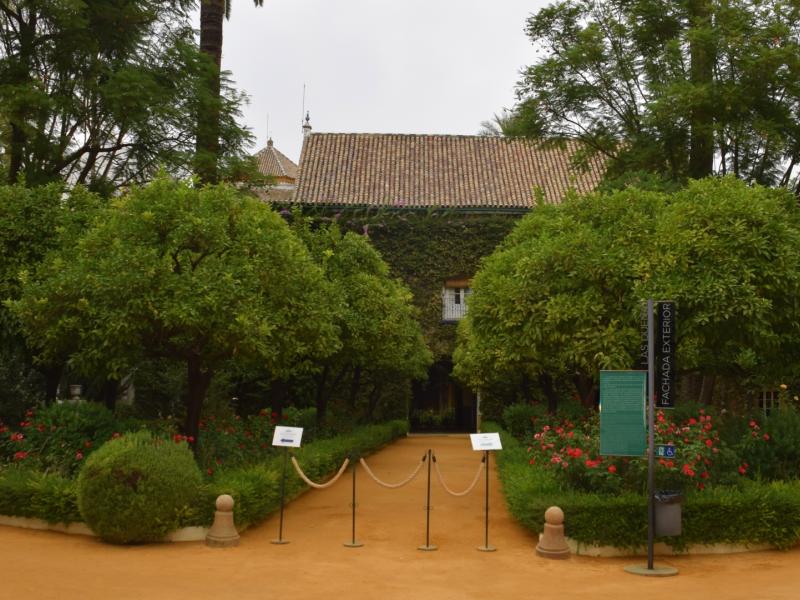
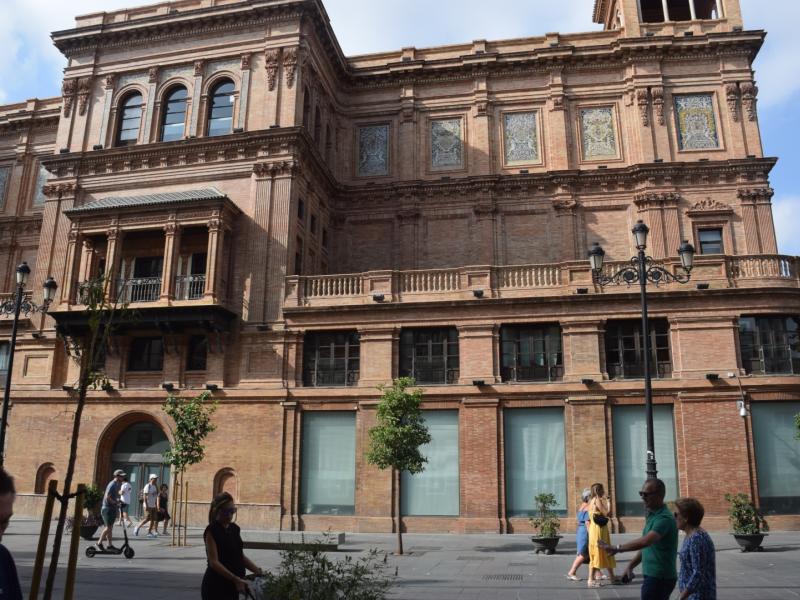
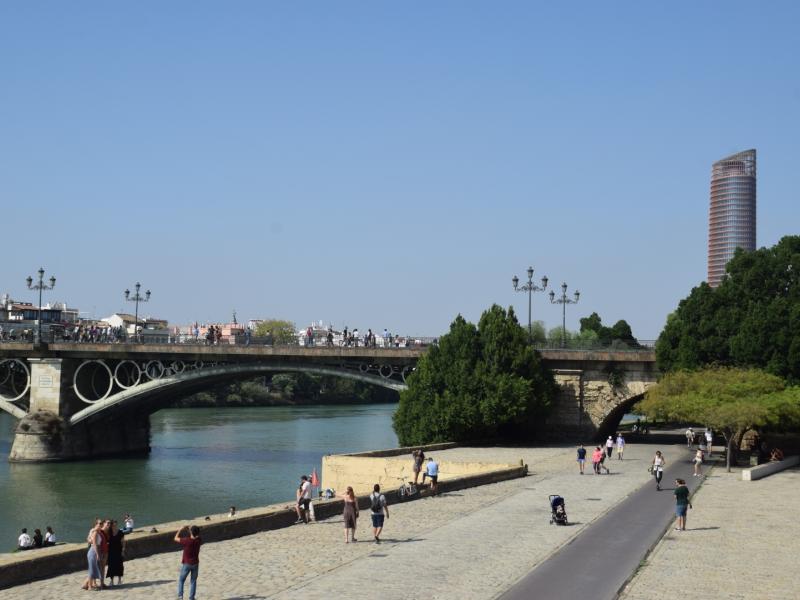
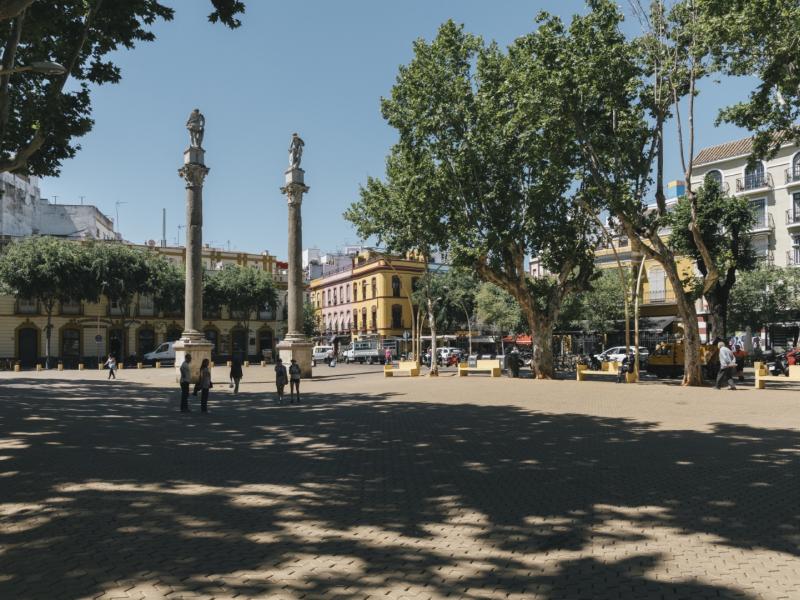
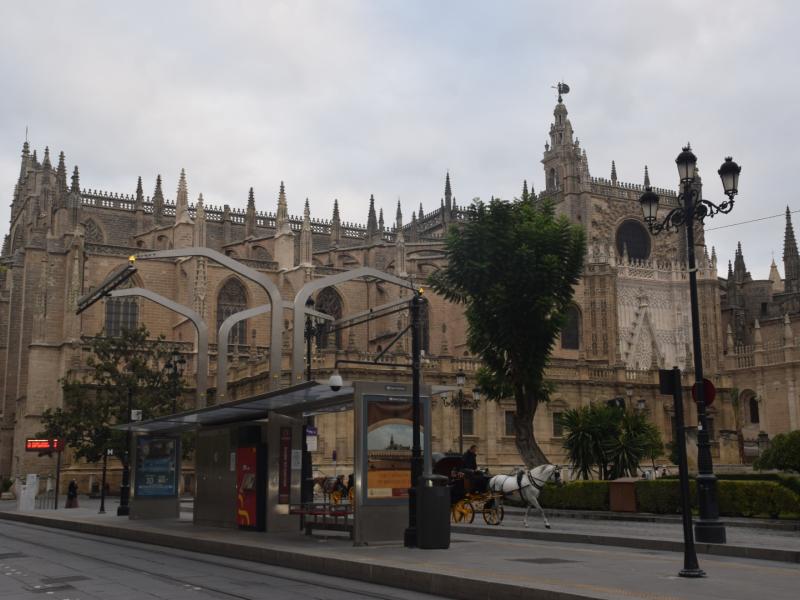
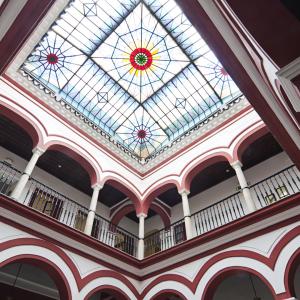
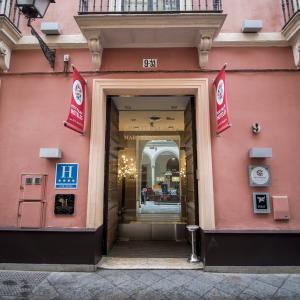
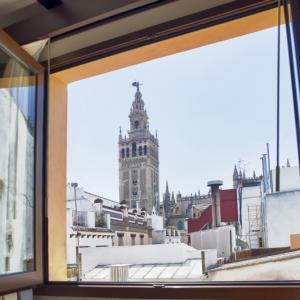
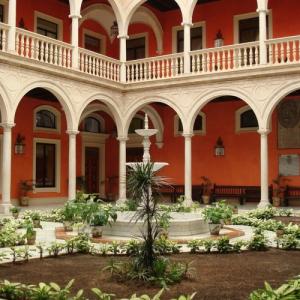
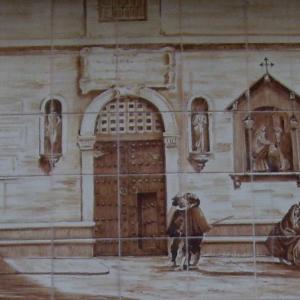
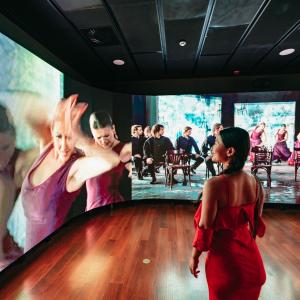
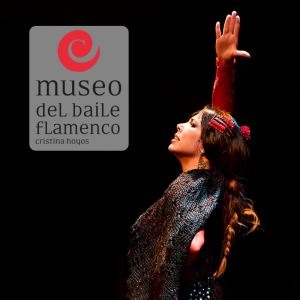
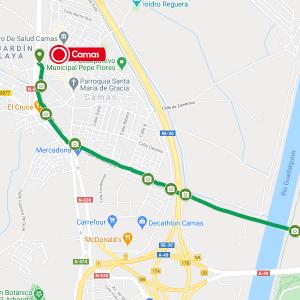
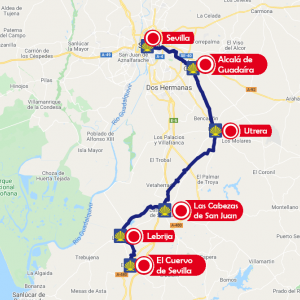
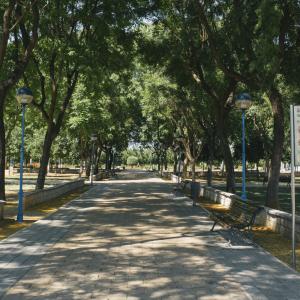
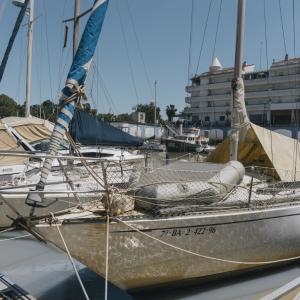
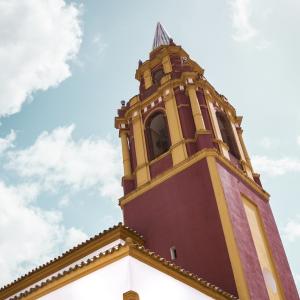
0 comments
New comment
The comments are moderated, so it takes a while to appear. If they contain offensive language they will not be published.